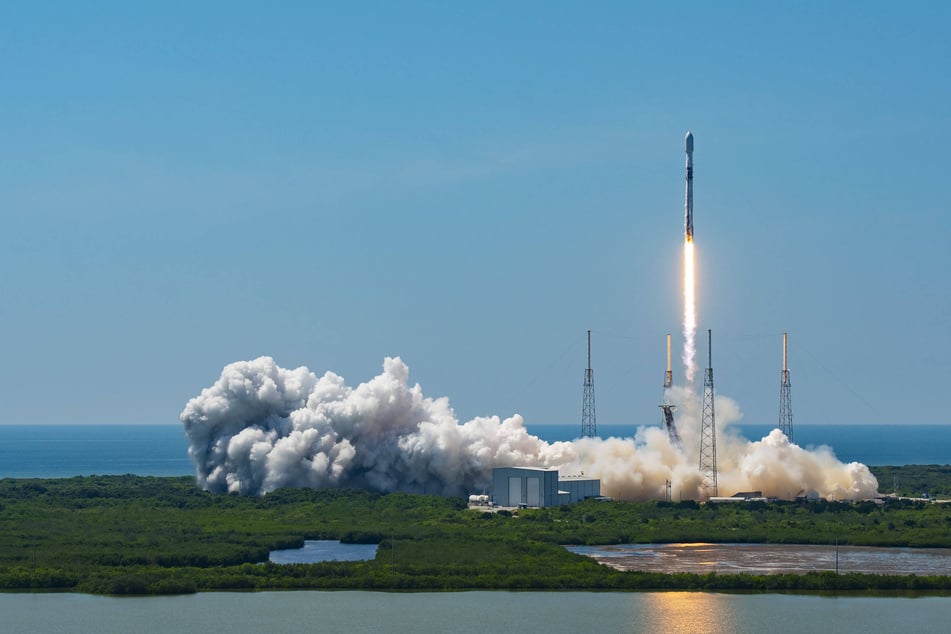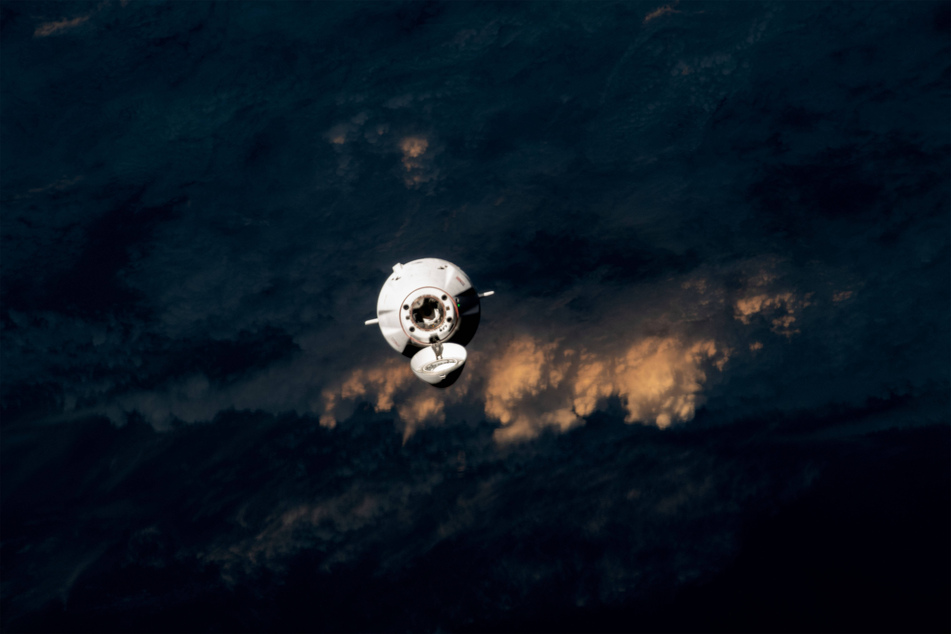What is the biggest spaceship ever built?
Lifting its heaving engines far up above the rolling shores of this vast green globe, the biggest spaceship ever built is a magnificent beast. What is it, and what makes it so extraordinary?

With its mighty engines, the extraordinary spaceships that used to launch into our skies were technological marvels that - in many cases - operated with extremely little computational power. With the Space Shuttle out of commission, and NASA merely a relic of its former glory, it's time to look back at the golden age. What is the biggest spaceship ever built?
In the golden age of space travel, astronauts and scientists were breaking galactic world records left, right, and center. What's truly extraordinary, though, is that the biggest spaceship ever built was a more recent invention.
What is the biggest spaceship in the world?
The biggest spaceship ever built is a contentious subject because it is entirely dependent on what you define as a "spaceship." Is a spaceship just simply any artificial environment, located in space, that can sustain human life? Does a spaceship have to be a "ship", a mode of transport?
Some people who subscribe to the former description would label the International Space Station as clearly the biggest spaceship ever created, others would say that SpaceX's Starship takes home that record.
If we were the ones betting, though, we'd give the accolade of world's biggest spaceship to SpaceX's Starship as it seems to most fittingly adhere to the brief of a "ship." Designed to transport people out of the Earth's atmosphere and into orbit, this enormous spaceship is a truly impressive sight to behold.
SpaceX's magnum opus is a 400-foot-high spaceship that has been designed with trips to the moon and Mars in mind. It has 33 main engines which exert more than 16 million pounds of thrust, with enough fuel to easily reach orbit. Elon Musk, who founded SpaceX, has even claimed that it could accommodate one hundred people and transport up to 250 tons.
This enormous spaceship is far bigger than any that have come before. It is bigger than the Buran and certainly bigger than any of NASA's moon rockets. There is no doubt that it is the biggest transport spaceship in the world.
But what about the International Space Station? Meanwhile, the International Space Station is, as its name suggests, a "station". It is an artificial environment in which astronauts live for longer periods of time while performing their various roles. Ships transport, stations house, it's really that simple - and when it comes to space stations, the ISS is certainly the biggest!
What was the purpose of the biggest spaceship ever?

The SpaceX Starship was designed with several things in mind: To transport people into space, and transport materials and goods. As noted, it can hold around 250 tons and many people, and has been designed with long-haul flights to Mars and more in mind.
It attempted flight in April 2023, successfully launching, but exploding a few minutes later far above the Gulf of Mexico. While not the rip-roaring success that Musk and SpaceX may have wanted, it was still a milestone in the future of space travel.
"Congrats @SpaceX team on an exciting test launch of Starship!" Musk tweeted. "Learned a lot for next test launch in a few months."
What is the world's biggest transport spaceship for space stations?
The biggest transport spaceship to ever service a space station came courtesy of Japan, and is the H-IIB Transfer Vehicle that resupplied the International Space Station in September 2019. This extraordinary rocket carried abut six tonnes of cargo to the ISS, including a variety of scientific equipment and resupplies for personnel onboard.
Jetting high up into our atmosphere before settling into orbit and docking at the International Space Station, the H-IIB was purely the name given to the launching vessel. What ended up docking and bringing supplies was the Kounotori 8. After releasing its cargo, it reentered Earth's atmosphere on November 1, 2019, and burnt up upon descent.

The world's biggest spaceship is still not the most impressive!
This accolade is one that deserves far more praise than it gets. One of the most impressive feats of space engineering is also one that barely even left the ground - the Soviet's answer to the Space Shuttle, the Buran. Beginning construction in 1980, this enormous orbiter flew on the back of a modified AN-225 (the biggest airplane ever built, and one of the biggest to ever be pulled by people).
Only ever completing one uncrewed spaceflight (in 1988, three years prior to the dissolution of the Soviet Union), it was designed to launch from the back of the AN-225, before flying out of orbit and using its winged-design to glide safely back to the ground. It was significantly larger than the Space Shuttle and believed to be technologically superior.
The only real reason why the Buran-class orbiter wasn't a success is the Soviet Union's collapse in 1991. Its only fully-operational model was destroyed in 2002, but there are half-built relics still stored in disused Soviet factories in the wilderness of Kazakhstan. If you're interested, YouTuber Bald and Bankrupt crept into the facility in 2022, discovering something truly awe-inspiring:
Soviet space exploration is a largely forgotten and endlessly impressive part of twentieth century history. NASA weren't the only ones to achieve extraordinary things, let's show the Buran some love!
Cover photo: IMAGO/Cover-Images



